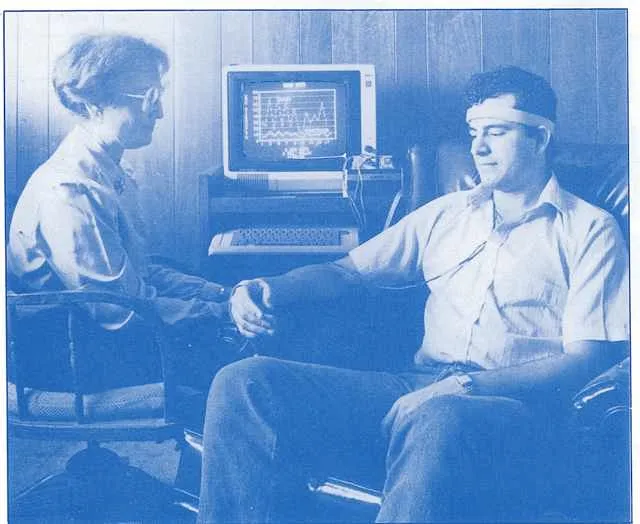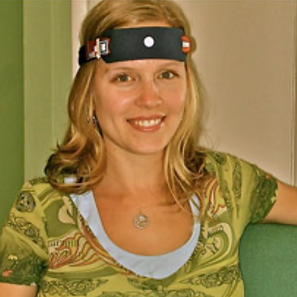History of Biofeedback

BILA pioneered the combination of clinical psychotherapy and biofeedback; Neurotherapy. Biofeedback instruments detect a person’s internal bodily functions with greater sensitivity and precision than most people can alone. Clinicians use this information to gauge and direct the progress of training. Circ. 1975
What Are The Benefits?
Biofeedback training helps people improve their health and optimize performance by feeding back signals from their own bodies. This process of personalized feedback leads to an increased awareness of feelings and sensations in the body. Awareness exercises the ability to control and process the information that is fed back to the trainee.
For example, one common biofeedback technique called EMG (electromyography) picks up electrical signals from muscles and translates the signals into a form that people can detect. The EMG is attached to a computer or other device which triggers a flashing light or activates a signal when muscles tense. As one relaxes tense muscles, the flashing or signals slow or stop. People learn to associate sensations from the muscles with actual levels of tension and they develop alternative healthy habits for keeping muscles only as tense as is necessary for as long as necessary. Successful training enables people to repeat this response at will without being attached to EMG or other biofeedback instruments.
Biofeedback techniques provide real-time physiological information about the body generally, and the nervous system in particular. With training, an individual becomes more sensitive to otherwise subtle body sensations and respective nervous system triggers and develops deeper insight and knowledge about their body. In time, trainees learn voluntary control over respective functions like heart rate, skin temperature, muscle tension and brain activity, including brainwaves and blood flow. Successful biofeedback trainees earn self-validation with respect to their unique physiology, and ultimately a better sense of self. These intuitive skills are essential for optimal functioning, wellness, and resilience. Biofeedback is inherently empowering as it provides the trainee with unique information and ultimately power and control over their body.

“ History of Biofeedback” was coined in 1969 to describe laboratory procedures (developed in the 1940s) that trained research subjects to alter blood pressure, muscle tension and heart rate. As the field of psychophysiology* evolved biofeedback instruments were built to feedback signals generated by sweat gland activity, skin temperature, electrical brain activity, and finally brain blood flow – all nervous system functions not normally considered voluntary.
Biofeedback is based in medicine and laboratory science and validated in clinical practice. Some insurance companies provide benefits for biofeedback training procedures.
*Psychophysiology studies the relationship between mental activity and physical functions; in other words, it investigates the mind-body connection in a scientific way. Psychophysiologists are interested in how mental characteristics affect the body, how we experience information from our body, and what changes happen when people experience particular emotions. Biofeedback is applied psychophysiology. Psychophysiologists research methods to teach people better ways to control body functions and optimize health.